
-
Lighting and Optical Device Testing-
Lighting System Testing for Color Accuracy-
Measuring Color Rendering Index (CRI) in Various Lighting Solutions
We provide comprehensive solutions designed to help our clients mitigate risks, enhance performance, and excel in key areas such as quality, health & safety, environmental sustainability, and social responsibility.
Discover
For many years, our organization has been operating successfully, boasting modern laboratories that meet international standards. These laboratories are equipped with the latest technology devices and equipment, and we have built a strong team of experienced and trained personnel to operate them.
DiscoverWelcome to Eurolab, your partner in pioneering solutions that encompass every facet of life. We are committed to delivering comprehensive Assurance, Testing, Inspection, and Certification services, empowering our global clientele with the ultimate confidence in their products and processes.
Discover
-
Lighting and Optical Device Testing-
Lighting System Testing for Color Accuracy-
Measuring Color Rendering Index (CRI) in Various Lighting SolutionsMeasuring Color Rendering Index (CRI) in Various Lighting Solutions
Color rendering index (CRI) is a critical aspect of lighting solutions that measures how well a light source renders the colors of objects it illuminates. A high CRI indicates that the light source accurately displays the true colors of the object, while a low CRI suggests that the colors may appear distorted or unnatural. In this article, we will delve into the importance of measuring CRI in various lighting solutions and explore the methods used to calculate it.
Importance of Measuring CRI
Measuring CRI is crucial in various applications where color accuracy is essential, such as:
Measure the light emission of each of the eight color samples using a spectrophotometer or other calibrated instrument.
Compare the measured light emission with that of the reference source for each sample.
Calculate an average CRI value by comparing the test sources light emission with the reference source.
QA Section
Q: What is the difference between Ra and R9?
A: While both Ra (General Color Rendering Index) and R9 (Color Rendering Index for red colors) measure color rendering, they serve different purposes. Ra provides a general indication of how well a light source renders colors, whereas R9 specifically evaluates a lights ability to render red colors.
Q: Can I use any type of lighting solution in applications where CRI is crucial?
A: No, certain types of lighting solutions may not be suitable for applications requiring high CRI. For instance, LED lighting with poor color rendering can distort colors and reduce the overall aesthetic appeal.
Q: How often should I recalibrate my measuring instruments to maintain accuracy?
A: Regular calibration is essential to ensure accurate measurements. Depending on usage and environmental conditions, measuring instruments may need to be calibrated every 6-12 months or after a certain number of test cycles.
Q: Can CRI be improved by adjusting the lighting solution or environment?
A: Yes, in some cases, improving CRI can be achieved by modifying the lighting solution or environment. This might involve using light sources with higher CRI values or optimizing lighting layouts to reduce color distortion.
Q: What are the limitations of the Ra method for measuring CRI?
A: While the Ra method is widely accepted and used, it has some limitations. For instance, it relies on a limited set of color samples and may not accurately represent all colors perceived by humans.
This article provides an in-depth look at the importance of measuring Color Rendering Index (CRI) in various lighting solutions. By understanding how CRI works and its applications, you can make informed decisions when selecting lighting for environments where color accuracy is crucial.

Environmental Simulation Testing
Environmental Simulation Testing: A Comprehensive Guide In todays world, where technology is rapidl...

Energy and Sustainability Standards
In today’s rapidly evolving world, businesses face increasing pressure to meet global energy a...
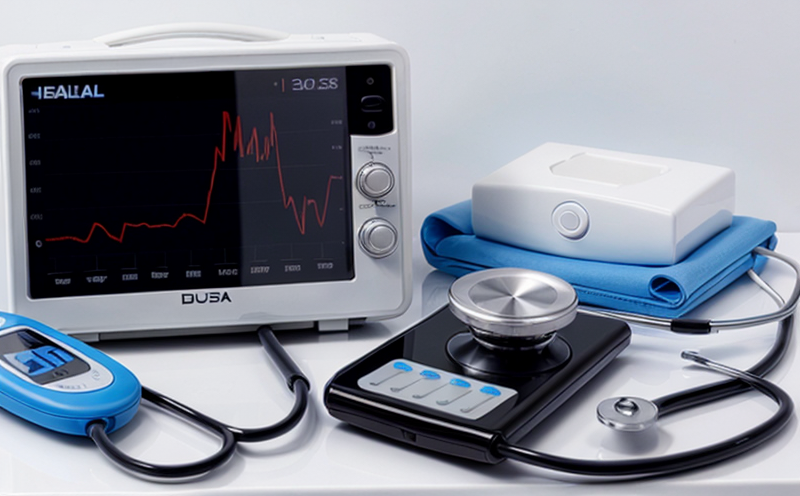
Healthcare and Medical Devices
The Evolution of Healthcare and Medical Devices: Trends, Innovations, and Challenges The healthcare...

Automotive Compliance and Certification
Automotive Compliance and Certification: Ensuring Safety and Efficiency The automotive industry is ...

Transportation and Logistics Certification
Transportation and Logistics Certification: A Comprehensive Guide The transportation and logistics ...

Pharmaceutical Compliance
Pharmaceutical compliance refers to the adherence of pharmaceutical companies and organizations to l...

Environmental Impact Assessment
Environmental Impact Assessment: A Comprehensive Guide Environmental Impact Assessment (EIA) is a c...

Cosmetic Product Testing
The Complex World of Cosmetic Product Testing The cosmetics industry is a multi-billion-dollar ma...
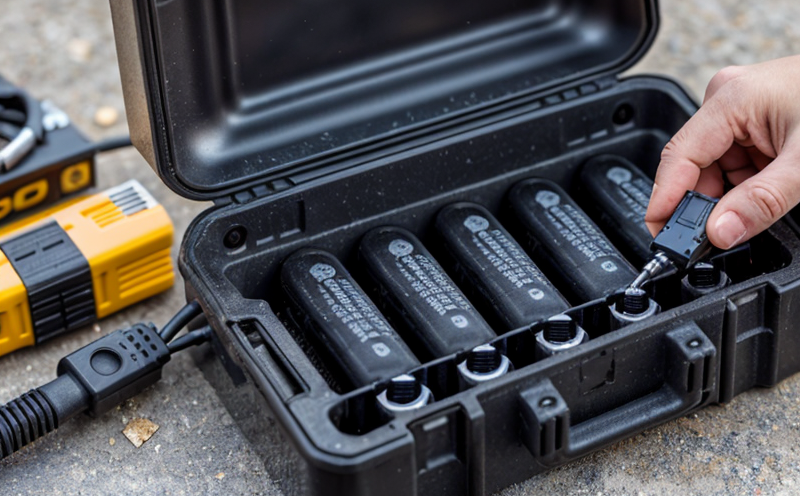
Battery Testing and Safety
Battery Testing and Safety: A Comprehensive Guide As technology continues to advance, battery-power...

Consumer Product Safety
Consumer Product Safety: Protecting Consumers from Harmful Products As a consumer, you have the rig...
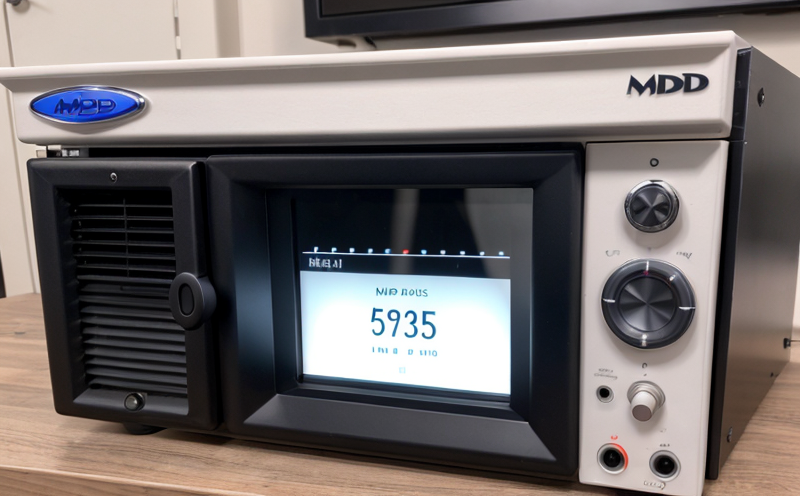
MDR Testing and Compliance
MDR Testing and Compliance: A Comprehensive Guide The Medical Device Regulation (MDR) is a comprehe...

Aviation and Aerospace Testing
Aviation and Aerospace Testing: Ensuring Safety and Efficiency The aviation and aerospace industr...

Hospitality and Tourism Certification
Hospitality and Tourism Certification: Unlocking Opportunities in the Industry The hospitality and ...

Agricultural Equipment Certification
Agricultural equipment certification is a process that ensures agricultural machinery meets specific...
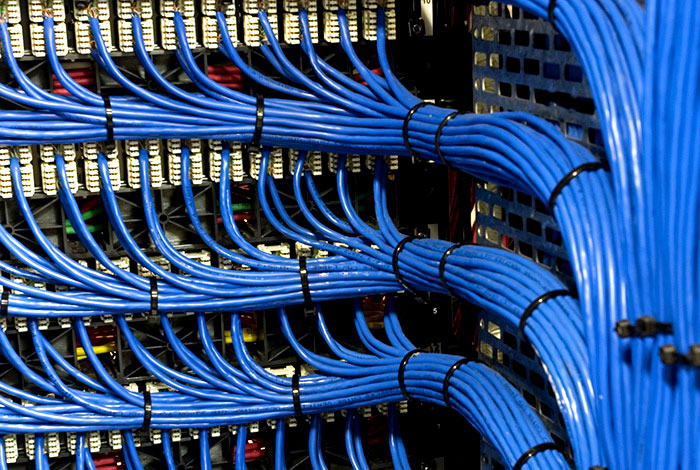
NEBS and Telecommunication Standards
Network Equipment Building System (NEBS) and Telecommunication Standards The Network Equipment Bu...
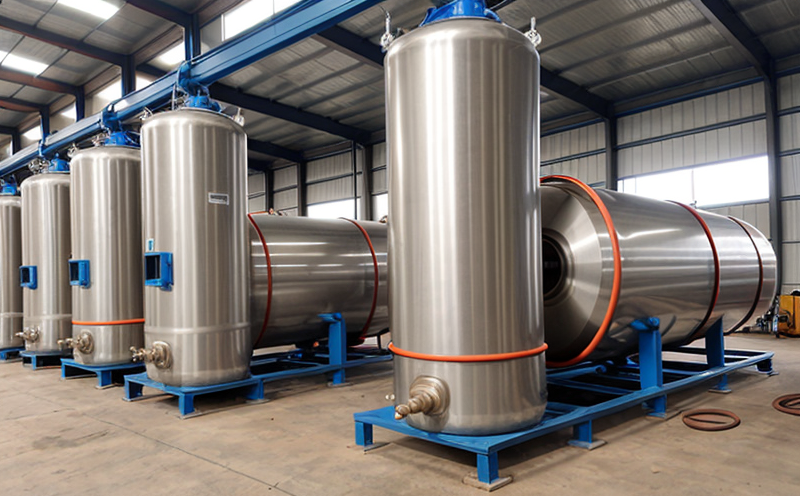
Pressure Vessels and Installations Testing
Pressure Vessels and Installations Testing Pressure vessels are a critical component of various ind...

Electromechanical Safety Certification
Electromechanical Safety Certification: Ensuring Compliance and Protecting Lives In todays intercon...
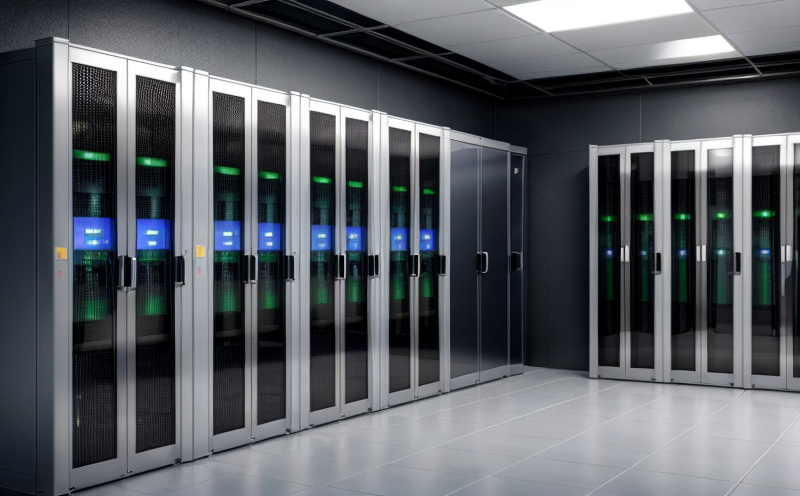
IT and Data Center Certification
IT and Data Center Certification: Understanding the Importance and Benefits The field of Informatio...

Renewable Energy Testing and Standards
Renewable Energy Testing and Standards: Ensuring a Sustainable Future The world is rapidly transiti...
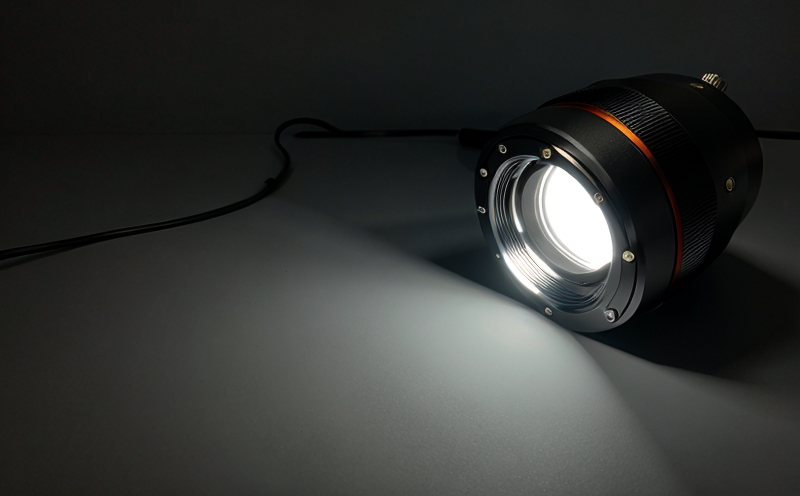
Lighting and Optical Device Testing
Lighting and Optical Device Testing: Ensuring Performance and Safety Lighting and optical devices a...

Military Equipment Standards
Military Equipment Standards: Ensuring Effectiveness and Safety The use of military equipment is a ...

Product and Retail Standards
Product and Retail Standards: Ensuring Quality and Safety for Consumers In todays competitive marke...

Fire Safety and Prevention Standards
Fire Safety and Prevention Standards: Protecting Lives and Property Fire safety and prevention stan...

Construction and Engineering Compliance
Construction and Engineering Compliance: Ensuring Safety, Quality, and Regulatory Adherence In the ...
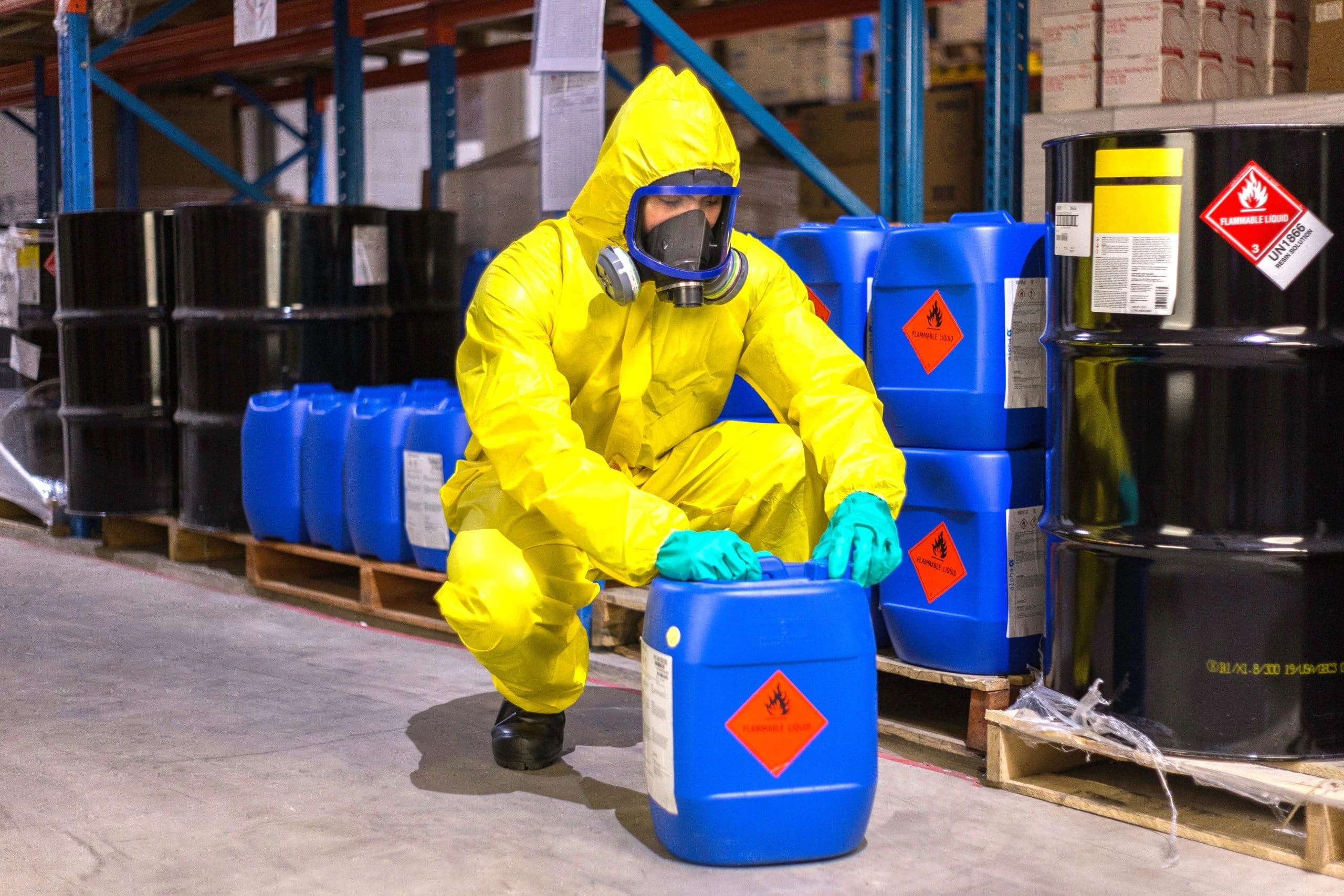
Chemical Safety and Certification
Chemical safety and certification are critical in ensuring the safe management of products and proce...

Industrial Equipment Certification
Industrial equipment certification is a critical process that ensures industrial equipment meets spe...
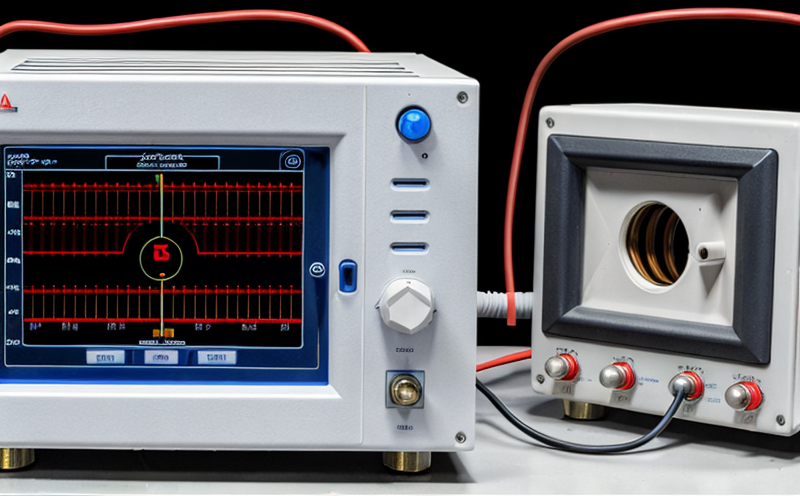
Electrical and Electromagnetic Testing
Electrical and Electromagnetic Testing: A Comprehensive Guide Introduction Electrical and electrom...

Railway Industry Compliance
Railway Industry Compliance: Ensuring Safety and Efficiency The railway industry is a critical comp...

Trade and Government Regulations
Trade and government regulations play a vital role in shaping the global economy. These regulations ...

Food Safety and Testing
Food Safety and Testing: Ensuring the Quality of Our Food As consumers, we expect our food to be sa...